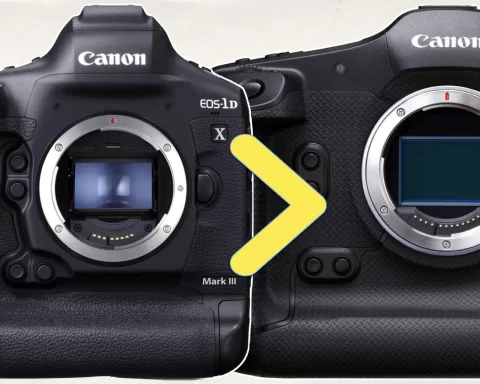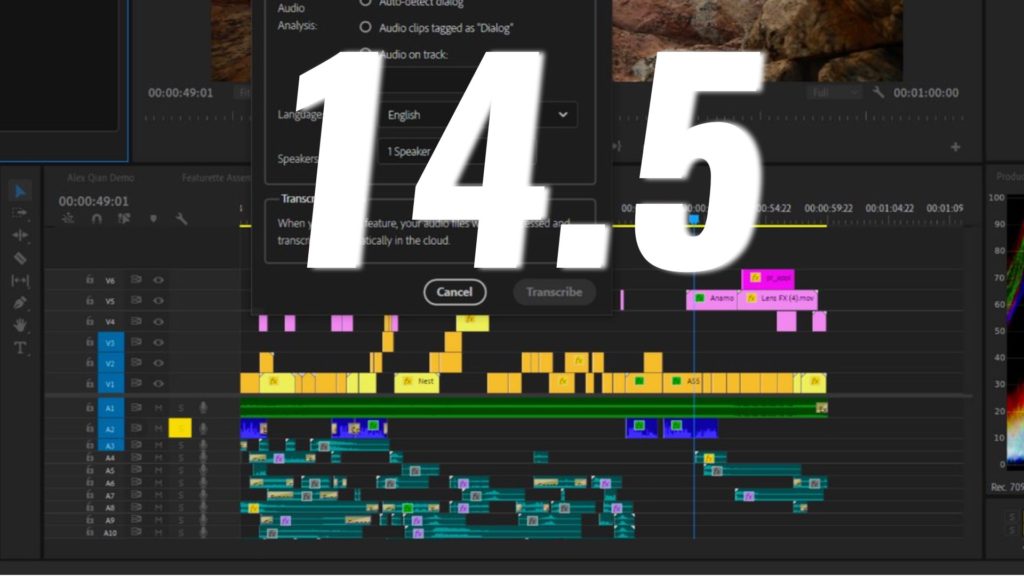Canon has been releasing lately new sensors like cupcakes. This time, an ultra-high-resolution 250 MP APS-H CMOS is introduced. This is an APS-H size (about 29.4 x 18.9 mm) CMOS sensor named LI8020SAC (color) and LI8020SAM (monochrome). The sensor is capable of 250 million pixels (19,568 x 12,588 resolution) and it will be released in late October of the year. Read below about this technological achievement in image capturing.
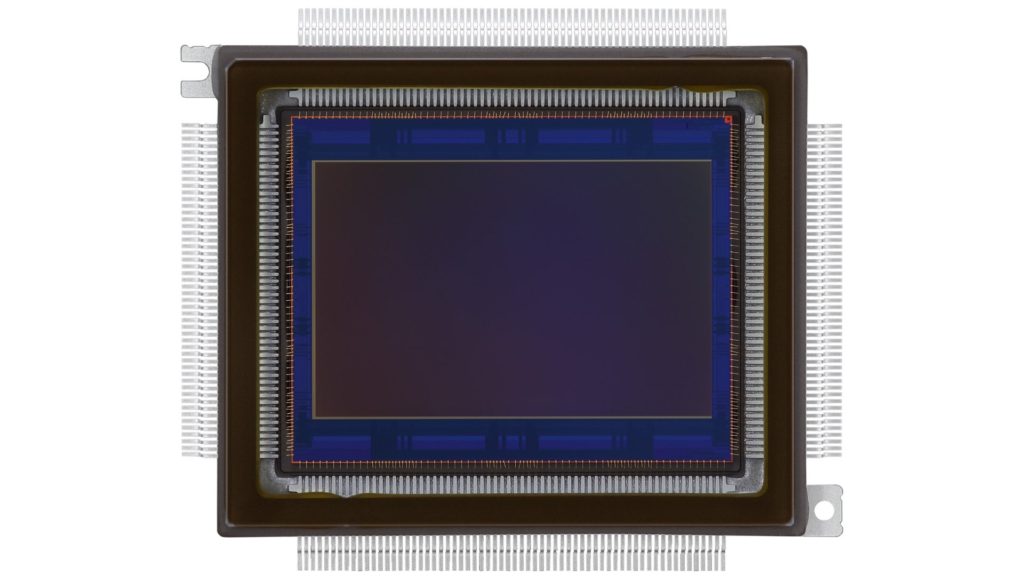
250 MP: Ultra-high resolution
The new sensor is capable of imaging at an ultra-high resolution of about 250 million pixels, and thus, can be utilized in various shooting ranges and purposes. As CMOS sensors increase in pixel count, the amount of signal also increases, leading to such problems as signal delay and slight discrepancies in timing. However, Canon claims that the new sensor, while delivering an incredibly high pixel count of approximately 250 million, features miniaturized circuitry and enhanced signal processing technology to achieve an ultra-high pixel readout speed of approximately 1,250 megapixels per second. This enables the sensors to capture ultra-high resolution images up to approximately 5 frames per second (FPS), even during full pixel readout.
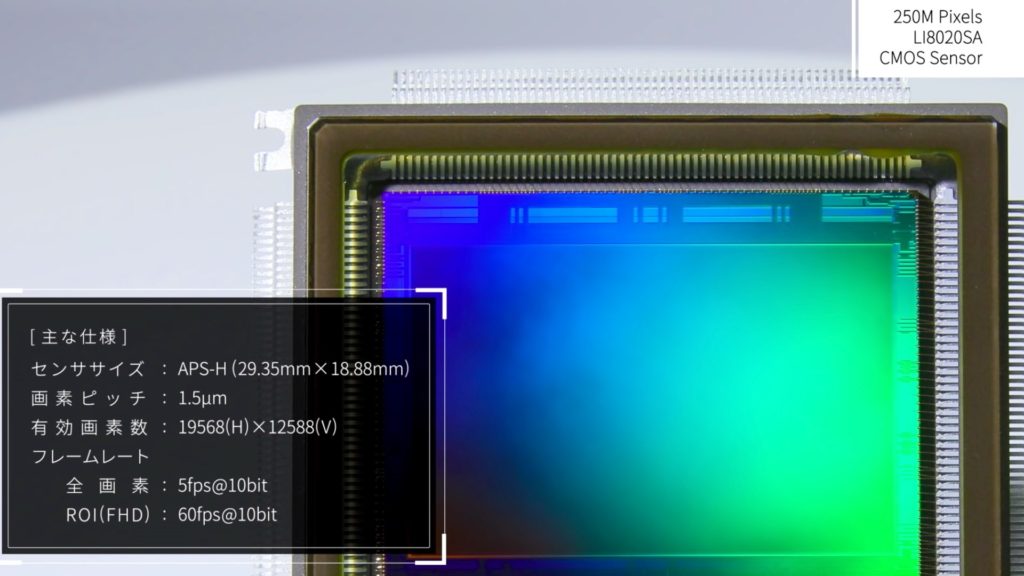
19,568 x 12,588 resolution
The new sensor (LI8020SAC-color and LI8020SAM – monochrome) can capture images with an ultra-high resolution of 250 megapixels (19,568 x 12,588 resolution) which is approximately 125 times of full HD (1920 x 1080 pixels) resolution, and approximately 30 times that of 4K (3840 x 2160 pixels) as claimed by Canon. These abilities allow users to crop selected areas and digitally zoom to expand images while still retaining sufficiently high resolution and images details. The magnification by 125 sounds unreal, however, it’s demonstrated in the video released by Canon Japan. Watch it below:
A wide range of usages
With a pixel pitch of 1.5 μm (micrometers), a total of approximately 250 million pixels can be accommodated on an APS-H size sensor, making the sensors suitable for a wide variety of applications. From inspections of flat-panel displays (FPD), which continue to require increased precision due to the growth of 4K and 8K technology, to industrial inspections, video productions, and digital archiving, wide-area monitoring, and microscopes, the potential uses for the new sensors help meet a wide range of user needs, even in cinema applications (we’ll talk about this later).
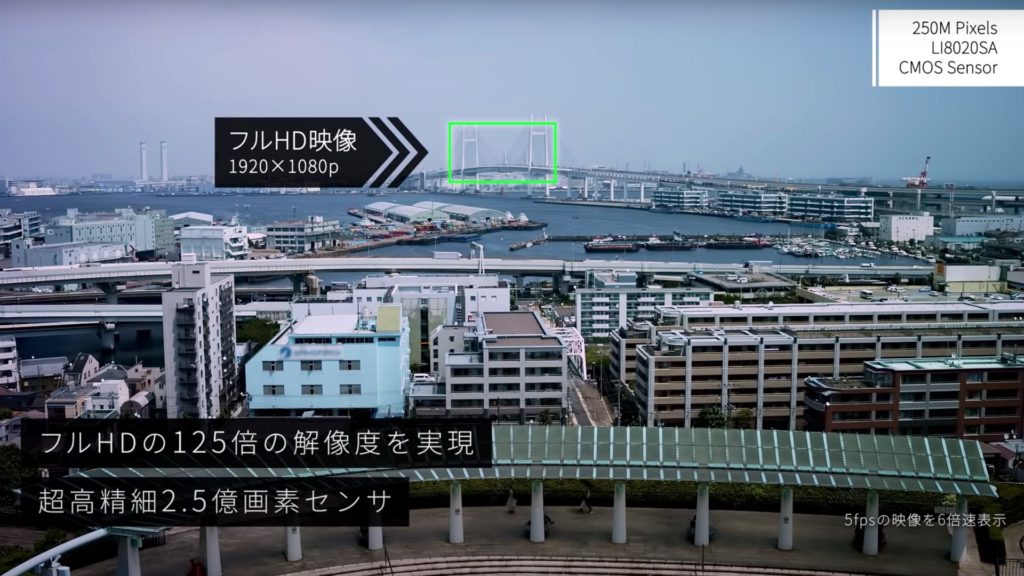
Designed for ROI applications
The new LI8020SAC 250 MP CMOS is equipped with an “ROI (Region of Interest) read function” that selectively reads only a defined area, which means you can use the “ROI read function” at 24 fps for 8K (7,680 x 4,320 pixels), 30 fps for 4K (3,840 x 2,160), and 60 fps for full HD (1,920 x 1,080). ROI is utilized mainly by 8K cameras and above. To learn more about capturing ROI, read our article: The Panasonic 8K Global Shutter Camera Kit Goes on Sale.
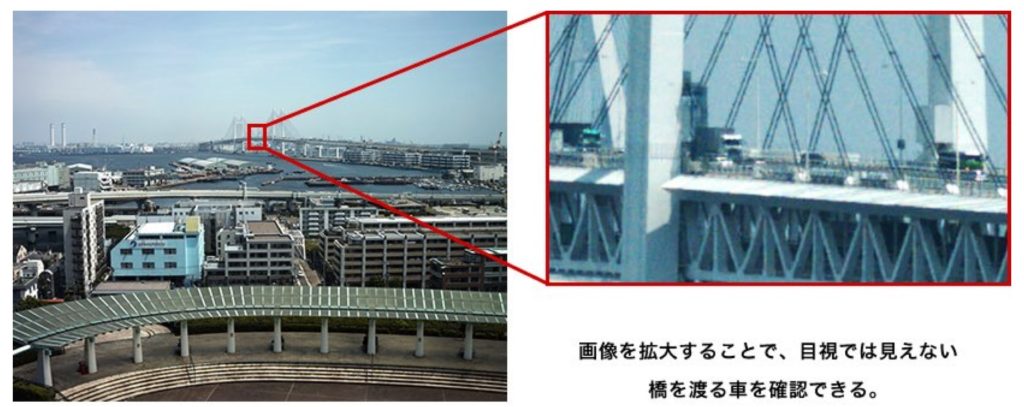
Initial insights
So why does Canon release so many sensors lately? Because it can! Just a bit more than a month ago, Canon has released a new sensor that is capable of 20 stops of dynamic range. And now it unveils the 19K sensor. Canon specializes in R&D-ing their own sensors. However, the question needs to be asked, if this new sensor will be implemented on their EOS cameras. Although the 250 MP LI8020SAC is designed mainly for industrial utilization, the technology can definitely be directed for developing new capabilities regarding the EOS cameras (mirrorless and cinema models). That means, we can see this sensor’s technology being implemented on the next line-up of cinema EOS, for instance. What’re the chances we’ll be exploring 19K consumer Canon cameras within, let’s say, 2 years from now? I would say that chances are high. What do you think? Comment below.







